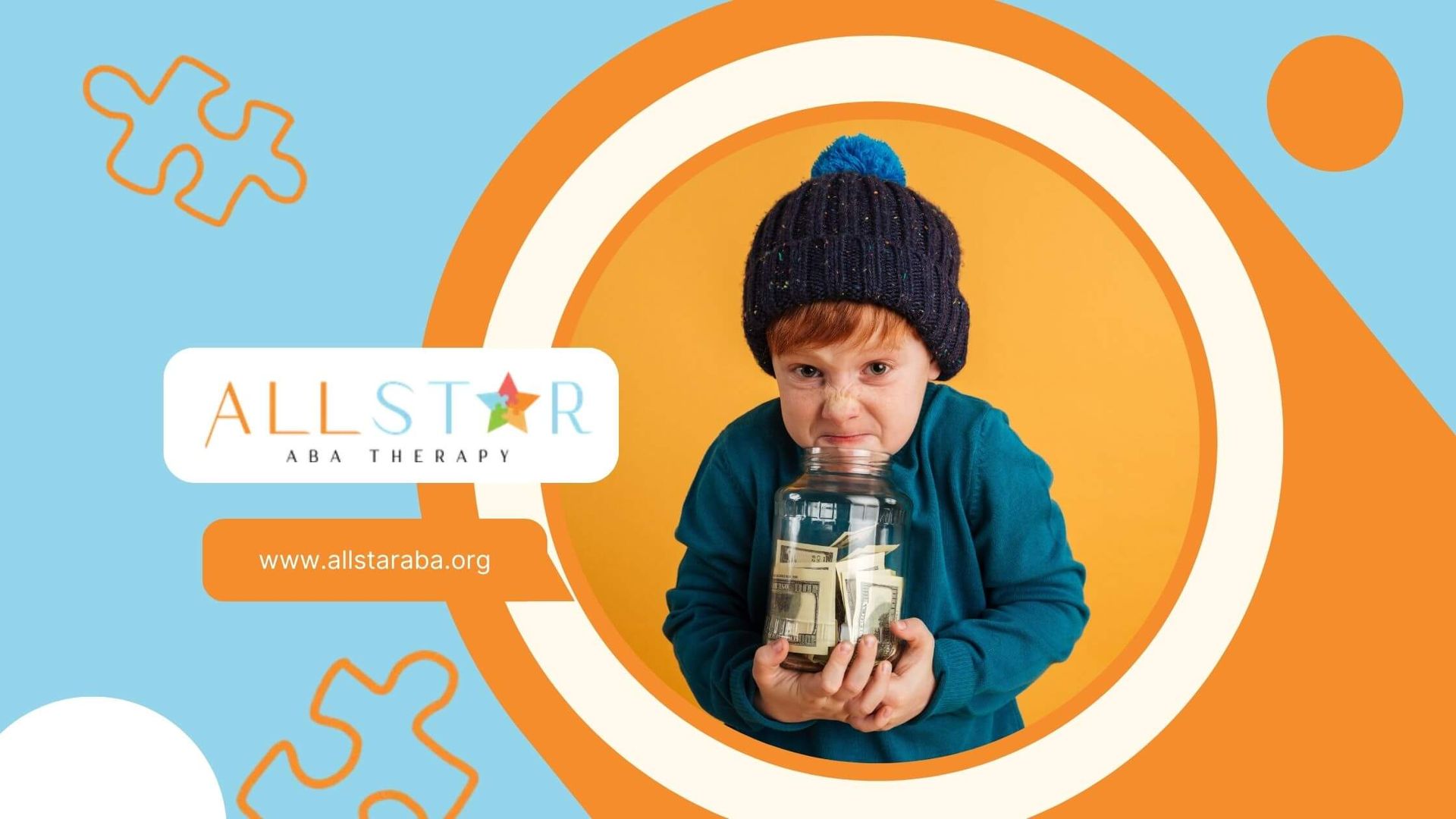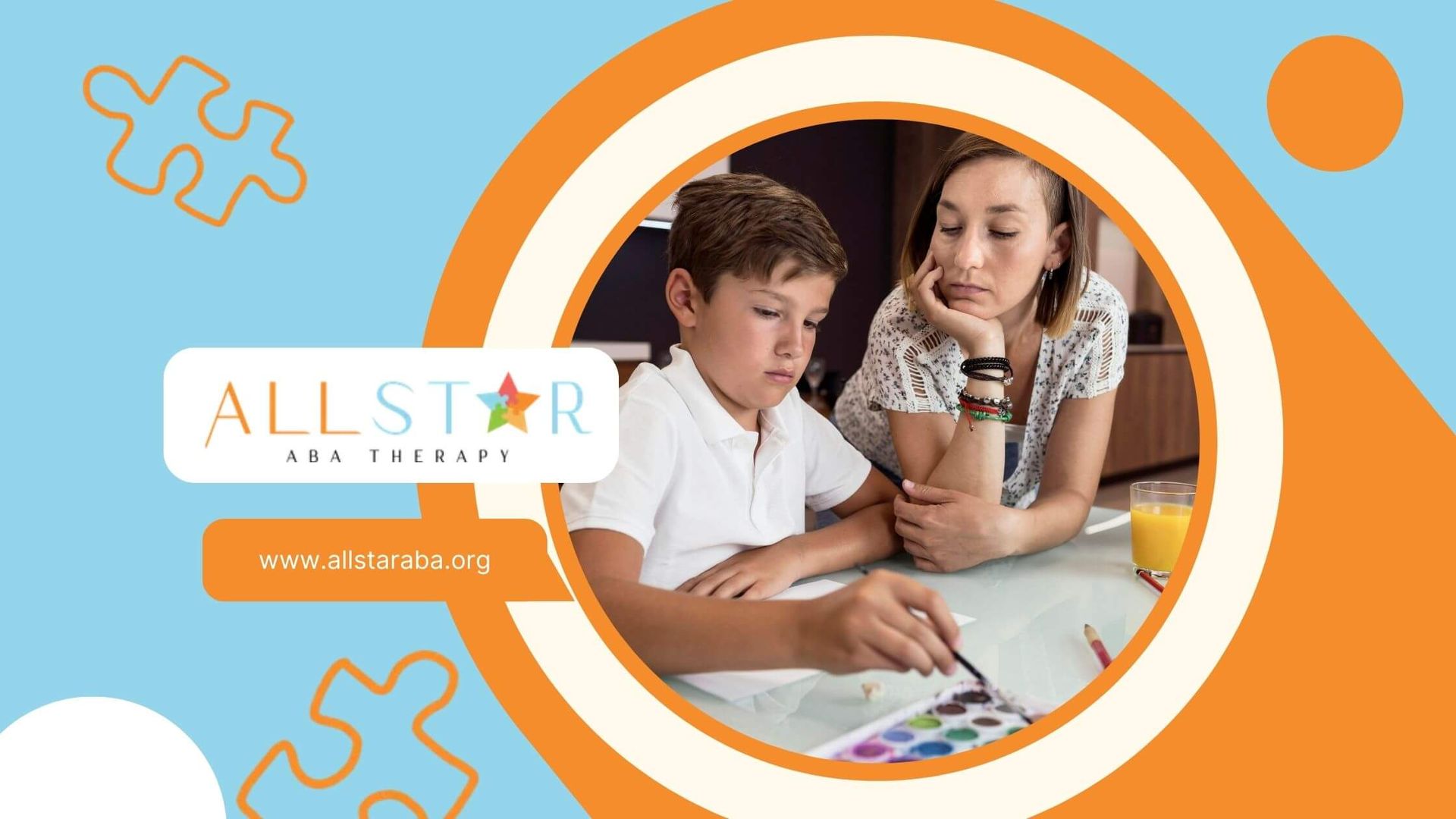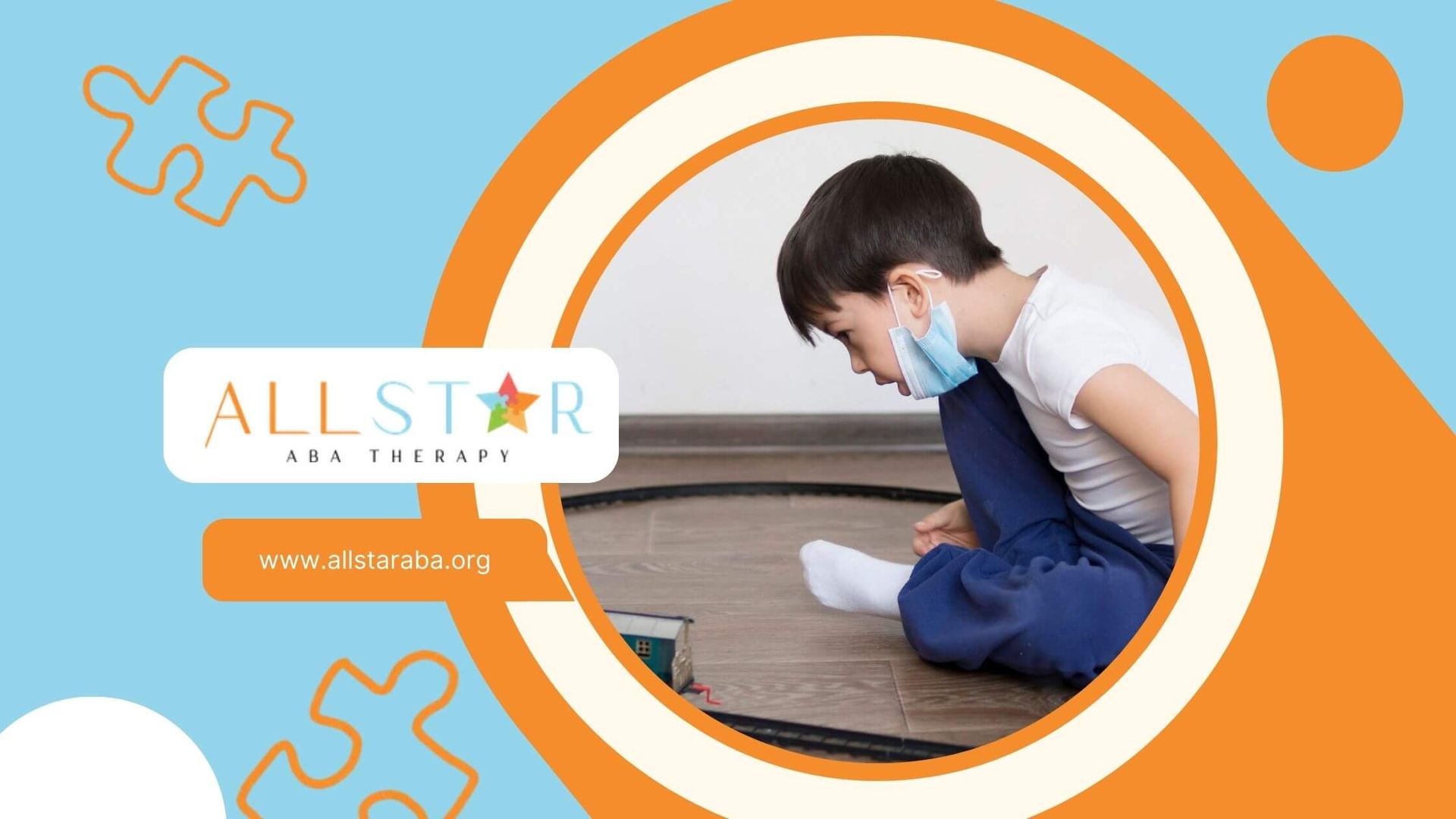New Paragraph
How to Discipline a Child with Autism: Effective Strategies
Disciplining a child is challenging, but when a child has autism, traditional discipline methods may not always work. Many autistic children process information, emotions, and social cues differently, which means that common discipline strategies—such as timeouts or stern verbal warnings—may not be effective.
Instead, discipline for autistic children should focus on teaching appropriate behaviors, reinforcing positive actions, and helping them understand boundaries in a supportive way. This approach ensures that discipline is not about punishment but rather about guidance, learning, and emotional regulation.
In this blog, we’ll explore effective discipline strategies that are gentle, structured, and autism-friendly.
Understanding Discipline for a Child with Autism
Discipline should not be about control or punishment. Instead, it should teach skills, reinforce appropriate behaviors, and provide clear expectations. Children with autism may struggle with:
- Understanding social rules
- Managing emotions
- Communicating their needs
- Dealing with sensory sensitivities
Because of these challenges, discipline should focus on teaching rather than punishing. The key is to create a structured and supportive environment where the child learns how to respond to different situations appropriately.
Effective Discipline Strategies for a Child with Autism
1. Use Positive Reinforcement
What It Is: Rewarding good behavior to encourage it.
Why It Works: Many autistic children respond well to positive reinforcement, as it helps them associate good behavior with positive outcomes.
How to Implement Positive Reinforcement
- Praise specific behaviors (e.g., “Great job putting away your toys!”).
- Use a reward system (stickers, tokens, or small treats).
- Provide access to preferred activities after completing a task.
Example: If your child shares a toy with their sibling, immediately praise them and offer a small reward like extra playtime with their favorite game.
2. Set Clear Expectations and Rules
What It Is:
Establishing predictable rules and boundaries.
Why It Works: Many children with autism thrive on routine and structure.
How to Set Clear Expectations
- Use simple language or visual aids to explain rules.
- Be consistent—apply rules the same way every time.
- Give clear warnings before transitions (e.g., “In 5 minutes, it’s time to turn off the TV”).
Example: Create a visual schedule that outlines daily activities so your child knows what to expect.
3. Teach Alternative Behaviors
What It Is: Showing your child a better way to handle challenges.
Why It Works: Many autistic children engage in unwanted behaviors because they lack the skills to respond differently.
How to Teach Alternative Behaviors
- Model appropriate responses (e.g., “If you’re upset, take deep breaths instead of yelling”).
- Use role-playing to practice social skills.
- Reinforce new behaviors with praise and rewards.
Example: If your child hits when frustrated, teach them to clap their hands or squeeze a stress ball instead.
4. Use Social Stories
What It Is: Short, simple stories that explain social situations.
Why It Works:
Social stories help children with autism understand expectations and appropriate responses.
How to Use Social Stories
- Create a story with pictures explaining the expected behavior.
- Read it before the situation arises (e.g., before a grocery store visit).
- Reinforce the story’s message with real-life practice.
Example: A social story about sharing could include pictures of two children playing together and taking turns with a toy.
5. Stay Calm and Model Appropriate Behavior
What It Is: Reacting to challenging behavior in a calm and controlled manner.
Why It Works: Children with autism often
mirror the emotions of those around them.
How to Model Calm Behavior
- Take deep breaths before responding.
- Speak in a calm, steady tone.
- Use gentle redirection instead of yelling.
Example: If your child is throwing a tantrum, instead of raising your voice, say, “I see that you’re upset. Let’s take deep breaths together.”
6. Address Sensory Triggers
What It Is: Identifying and managing sensory sensitivities that may lead to meltdowns.
Why It Works:
Many behaviors stem from
sensory overload, not defiance.
How to Address Sensory Triggers
- Identify common sensory challenges (e.g., loud noises, bright lights, itchy clothing).
- Provide sensory tools (e.g., noise-canceling headphones, fidget toys, weighted blankets).
- Create a calm-down space where your child can go when overwhelmed.
Example: If your child has a meltdown in a noisy environment, give them noise-canceling headphones and a quiet space to self-regulate.
7. Be Patient and Flexible
What It Is: Adjusting your approach based on your child’s needs.
Why It Works:
Every autistic child is different, so discipline strategies must be tailored.
How to Be More Patient and Flexible
- Accept that progress takes time.
- Try different strategies to see what works best.
- Adjust expectations based on your child’s developmental level.
Example: If timeouts don’t work, try a sensory break instead.
What to Avoid When Disciplining a Child with Autism
- Avoid Yelling or Harsh Punishments: This can increase anxiety and escalate behaviors.
- Avoid Expecting Immediate Change: Learning new behaviors takes time and repetition.
- Avoid Ignoring Sensory Needs: Many behaviors are driven by sensory overload, not defiance.
When to Seek Professional Support
If your child’s behaviors are severe, disruptive, or difficult to manage, professional support can help. A Board-Certified Behavior Analyst (BCBA) can provide:
- Behavior intervention plans
- Personalized strategies for your child’s needs
- Parent training for effective discipline techniques
At All Star ABA, we offer compassionate, evidence-based support for families navigating autism and behavioral challenges. Our team is here to help your child develop positive behaviors in a supportive and structured way.
Frequently Asked Questions
How do I discipline an autistic child who doesn’t respond to traditional methods?
Instead of punishment-based discipline, try positive reinforcement, clear rules, and alternative behavior strategies. Identify triggers and use visual supports to help your child understand expectations.
What should I do if my autistic child has frequent meltdowns?
Meltdowns are different from tantrums and often result from sensory overload or emotional overwhelm. Create a calm-down space, use sensory-friendly tools, and teach self-regulation techniques like deep breathing.
Can timeouts work for autistic children?
Traditional timeouts may not always work, as autistic children might not understand the connection between behavior and consequence. Instead, consider a sensory break in a quiet, comforting area where they can self-regulate.
Sources:
- http://www.levelaheadaba.com
- https://www.autismparentingmagazine.com/autism-routine-importance/
- https://pmc.ncbi.nlm.nih.gov/articles/PMC2997252/
- https://www.autismspeaks.org/sensory-issues
- https://www.bacb.com/bcba/
Need Support?
We're Here to Help!
Our experienced team is ready to assist you. Reach out today to discuss how we can support your child's development and well-being.
Get started with expert ABA therapy today.








